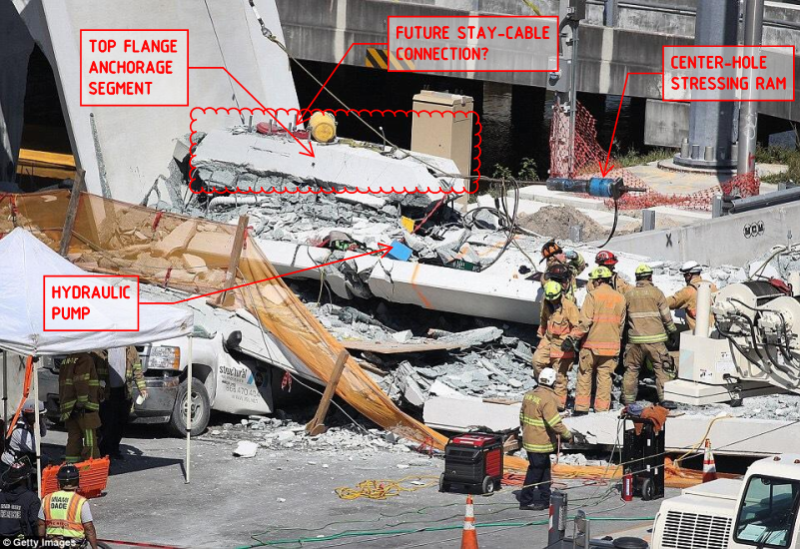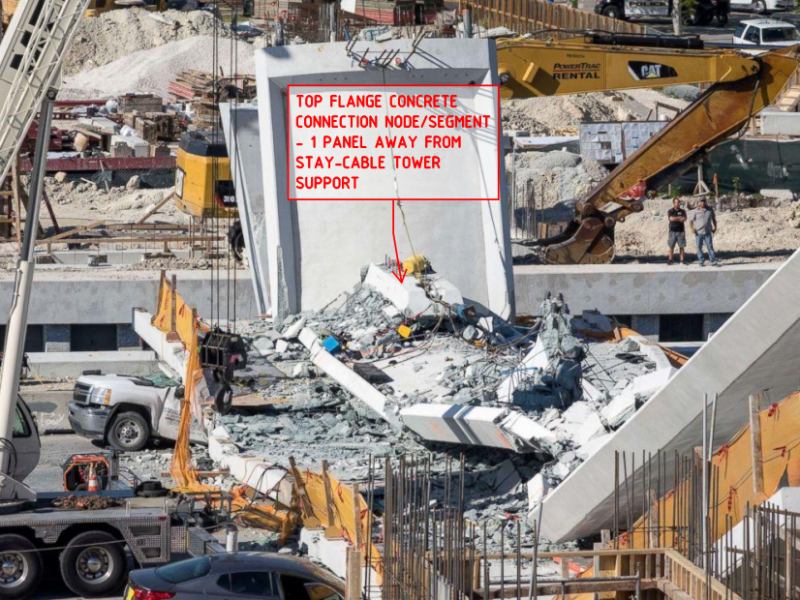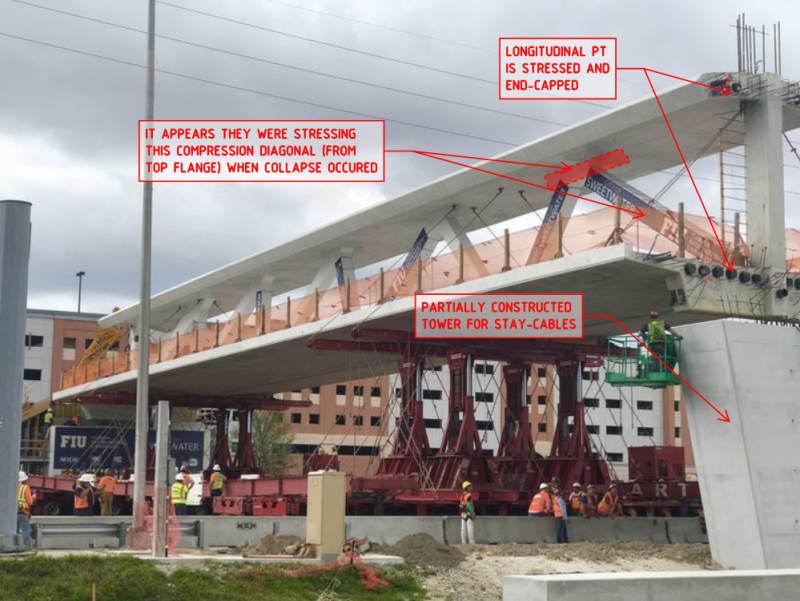JohnRBaker
Mechanical
Multiple Fatalities After Pedestrian Bridge Collapses Near Florida International University
John R. Baker, P.E. (ret)
EX-Product 'Evangelist'
Irvine, CA
Siemens PLM:
UG/NX Museum:
The secret of life is not finding someone to live with
It's finding someone you can't live without
As investigators continue to search the site of a deadly collapse involving a 950-ton pedestrian bridge near Florida International University in Miami Thursday, officials say the death toll has risen.
Early Friday morning, the Miami-Dade Police Department confirmed that six people have died as a result of the collapse....
John R. Baker, P.E. (ret)
EX-Product 'Evangelist'
Irvine, CA
Siemens PLM:
UG/NX Museum:
The secret of life is not finding someone to live with
It's finding someone you can't live without



